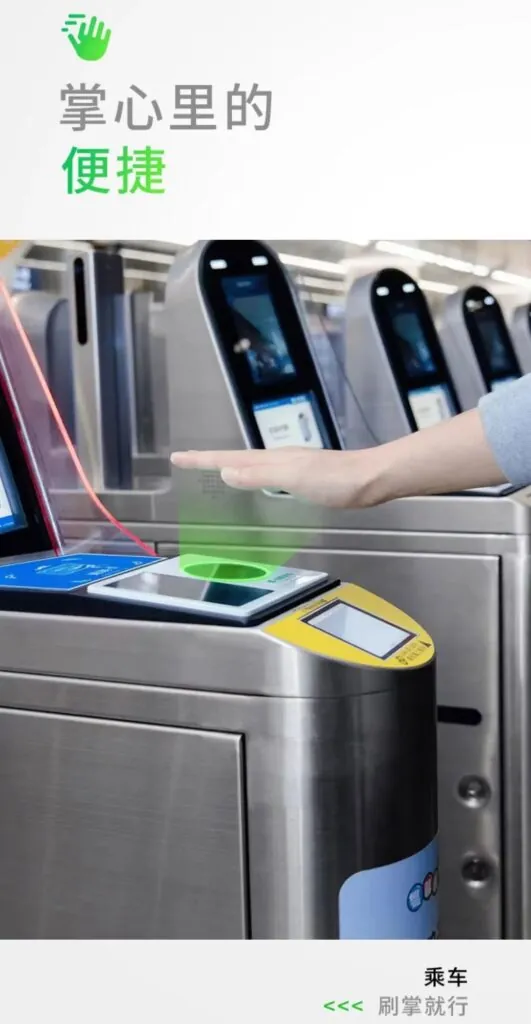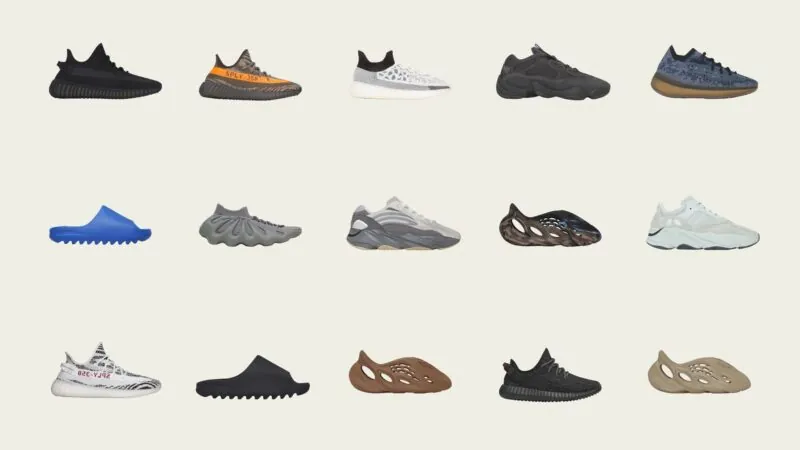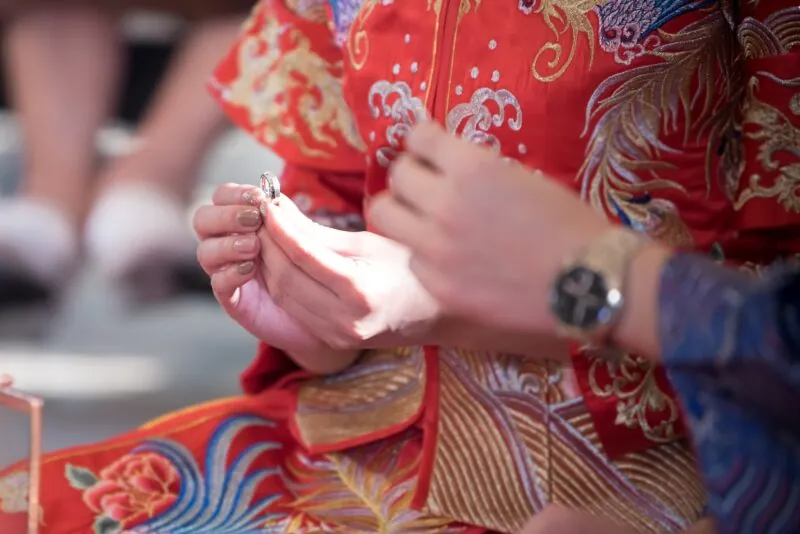On May 21, Chinese tech giant Tencent introduced a new feature to revolutionise its WeChat Pay service – Palm Payment. With this new transaction method, users can bypass the need for a mobile phone and can complete the entire transaction with a simple wave of their hand.

This new technology, developed by Tencent’s AI lab YouTu, utilises both surface-level palm prints and distinctive vein patterns to authenticate transactions. After scanning and uploading their palm print at the ticket machine, users can simply link the scanned prints to their personal phone number and ID via WeChat mini program and start swiping.
The new payment method has stirred up great interest in Chinese social media. On Weibo, the hashtag “WeChat Palm Payment Release” has garnered 6.72 million views in just 24 hours, sparking not only discussions of excitement but also scepticism of future security in terms of payment.

Much like other forms of identity authentication and payment methods, Palm Pay raises concerns about its security. In fact, some netizens have questioned whether they would dare to wave their hands casually after palm payment becomes widespread.
According to Tencent, while the system involves the collection, processing, comparing, and storing of information on users’ palm prints and veins, relevant laws state that the service provider will delete the original samples and pictures of users’ palms once the needed information has been extracted.
Moreover, the tech giant maintains that WeChat’s Palm Pay is a more user-friendly method of payment for personal information security because palm prints are more private than other biometric identifications and personal information cannot be confirmed solely through palm images. Experts in the payment industry perceive palm recognition as a superior alternative to fingerprint authentication, offering enhanced convenience and a more comprehensive user experience for identity verification and transaction settlement.
“Biometric identification technology has the characteristics of not being easily forgotten, portable, and not easily forged from the perspective of the medium. It is safer and more convenient under the premise that information is not leaked and used indiscriminately,” stated Wang Pengbo, chief analyst of Broadcom Consulting.

Beyond methods of payment, “WeChat Palm” is also being extended to modes of transportation such as taxis and the metro. On the day of the release of palm payment, Beijing’s Daxing International Airport Line was the first to deploy the palm print recognition system, allowing passengers to access the subway trains of the line in a phoneless and cashless way. The payment will be processed once the passengers have finished their trip.
Looking ahead, WeChat Palm Pay services are expected to be rolled out at offices, campuses, retail outlets, restaurants, and more.









